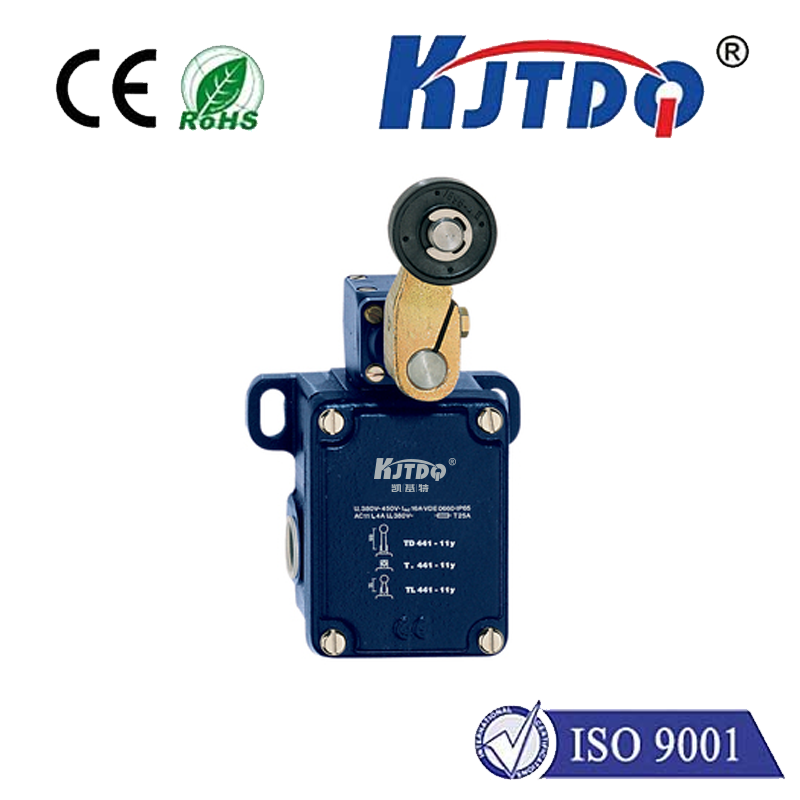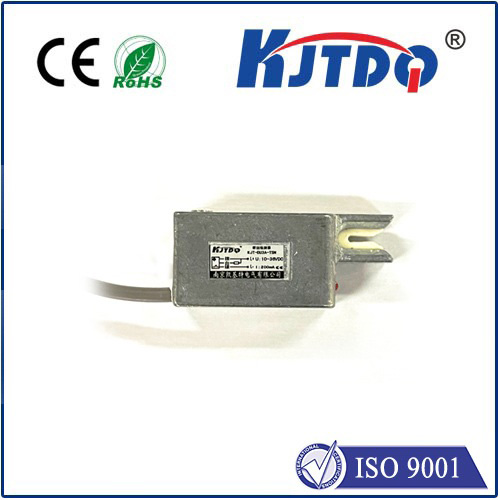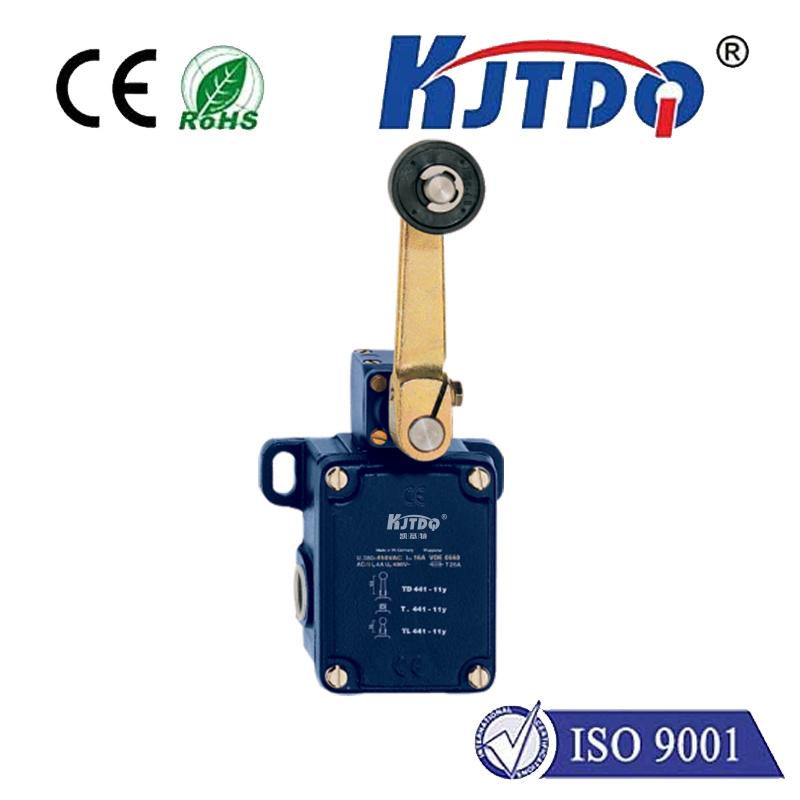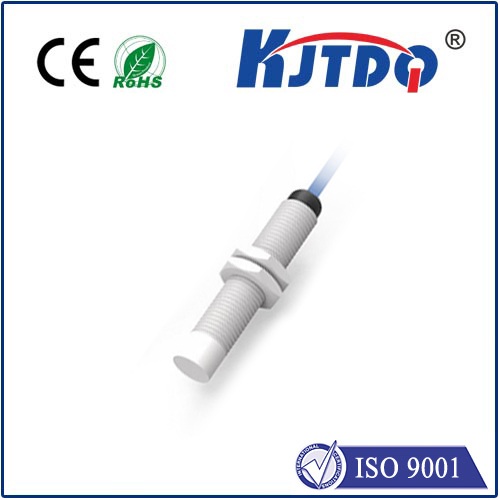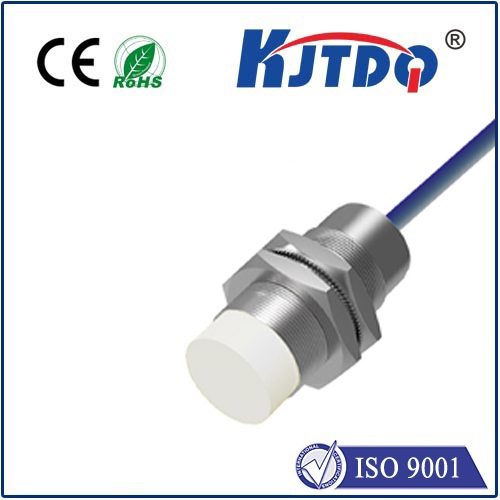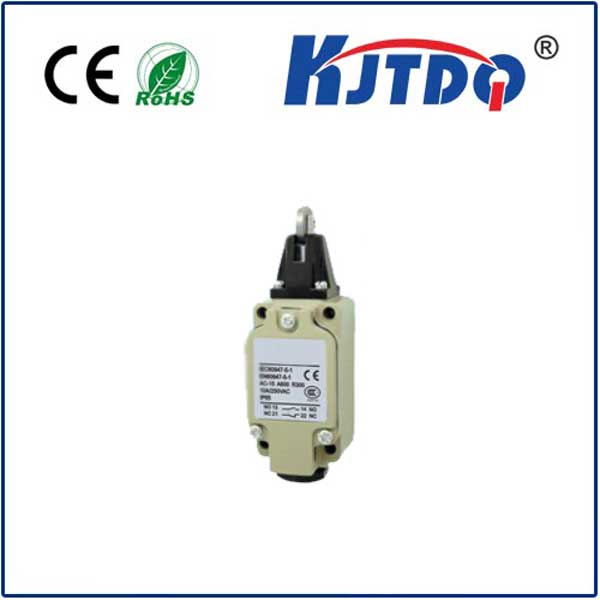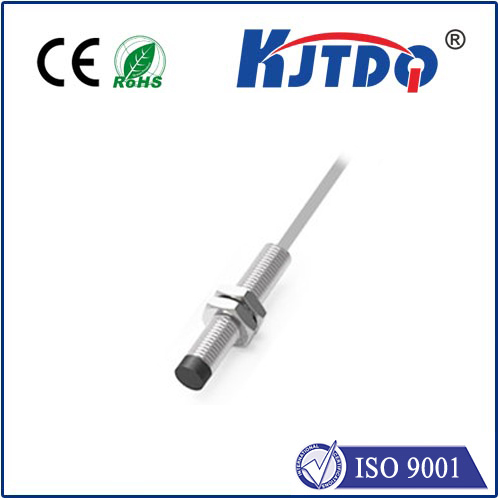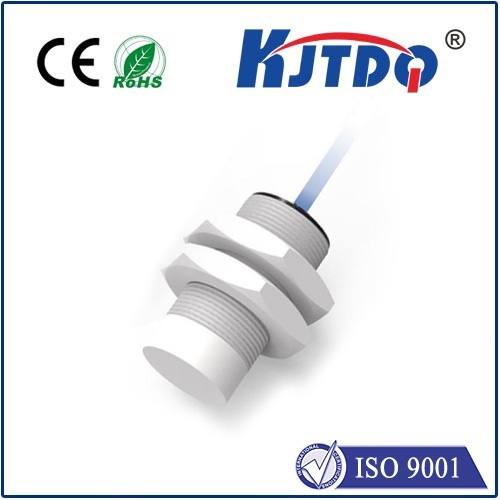
check

check

check

check
Title: The Revolution of High Precision Distance Sensors in Modern Technology
In the world of modern technology, high precision distance sensors have emerged as a revolutionary tool that has transformed various industries. These sensors are designed to measure distances with incredible accuracy, providing reliable data for a wide range of applications. From robotics and automation to automotive and manufacturing, high precision distance sensors have become an essential component in driving innovation and improving efficiency.

One of the key advantages of high precision distance sensors is their ability to provide highly accurate measurements. These sensors use advanced technologies such as laser or ultrasonic waves to detect distances with remarkable precision. This level of accuracy is critical in applications where precise measurements are necessary, such as in the field of robotics. Robots require accurate sensory input to perform complex tasks, and high precision distance sensors provide the necessary data to enable them to do so.
Another benefit of high precision distance sensors is their versatility. They can be used in a variety of settings and applications, making them a valuable tool for businesses across different industries. For example, in the automotive industry, these sensors are used to measure the distance between vehicles on the road, helping to prevent accidents and improve driver safety. In the manufacturing industry, they are used to ensure precise positioning of components during assembly, leading to higher quality products and reduced waste.
High precision distance sensors also offer improved reliability compared to traditional sensors. They are designed to withstand harsh environments and operate consistently over long periods, making them ideal for use in industrial settings. Additionally, many high precision distance sensors feature advanced self-diagnostic capabilities, allowing users to quickly identify and address any issues that may arise.
The integration of high precision distance sensors into existing systems has also greatly improved overall system performance. By combining these sensors with other technologies such as machine vision and artificial intelligence, businesses can create highly efficient and automated processes that reduce human error and increase productivity. This integration not only benefits individual companies but also contributes to advancements in fields such as healthcare, transportation, and logistics.
As technology continues to evolve, the demand for high precision distance sensors is expected to grow. With their ability to provide accurate and reliable data, these sensors will play a crucial role in shaping the future of various industries. Companies that invest in high precision distance sensors will be well-positioned to stay ahead of the curve and capitalize on emerging opportunities in the ever-changing landscape of modern technology.
